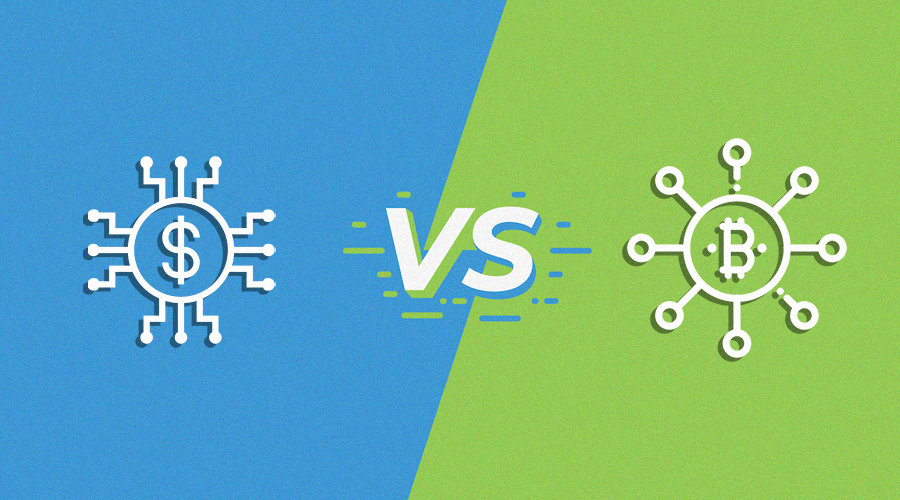The Reserve Bank of India is going to launch Central Bank Digital Currency (CBDC) or Digital Rupee recently. From now on, transactions can be made with this digital currency as well as rupee notes. RBI is going to introduce this currency to have an additional alternative to notes, which are not very different from notes. This currency can be exchanged over the internet, making the transaction process much easier.
Digital Currency is a type of cryptocurrency recognized by the Reserve Bank. Note that the RBI has not supported cryptocurrencies and termed them as a challenge to financial stability. The central bank said that the Digital Currency would be much safer than cryptocurrencies. Now the question is what is the difference between cryptocurrency and digital currency? Below is the detailed discussion in this report.
What is cryptocurrency?
Cryptocurrencies are decentralized currencies, which are not monitored by any government or central bank. Cryptocurrency transactions are based on blockchain technology and use cryptography. To understand cryptocurrency, it is very important to know these three things – blockchain, decentralization and cryptography. Blockchain governs cryptocurrency. It is a digital ledger, which is accessed by authorized users and records transactions. Decentralization means – no government or central bank can track or monitor the movement of these transactions. Cryptography is cryptography, which means that the recipient can only read the message.
Cryptocurrency vs Digital Currency:
According to a Reserve Bank statement, “CBDCs are legal tender, issued by central banks in a digital form. It is similar to a fiat currency and is exchangeable with the same value. It is just a different form of rupee.” But CBDC cannot be compared to cryptocurrency. According to RBI, “CBDC is not a commodity or a digital asset like cryptocurrency. Cryptocurrencies are not issued by anyone. Crypto is not actually money and cannot be called a currency.” According to the Reserve Bank, digital currency is a currency that central banks carry equal value to as notes and is exchangeable with cash.
Digital currency is a currency, which will be issued by the Reserve Bank. But it will not be a decentralized asset like cryptocurrency. Digital rupees are currencies issued by central banks, which are responsible for asset management. Digital rupees will be legal tender, meaning anyone can buy and use them at the right price. Digital wallets, NEFT and IMPS are some examples of digital currencies. That is, when RBI starts circulation of digital rupee, all citizens of India will be able to use it.
Which countries are planning to introduce CBDC?
As digital currencies have grown in popularity over the past few years, several countries’ central banks are planning to introduce digital currencies. The Bahamas, Nigeria, Dominica, Montserrat, Antigua and Barbuda, Saint Lucia, Saint Kitts and Nevis, Saint Vincent and the Grenadines have already launched their digital currencies. On the other hand, Russia and China are also planning to launch digital currencies recently.
Does India need a digital rupee?
India wants to stay ahead of the digital currency race with the digital rupee. Advantages of Digital Rupee are- Digital Rupee will increase efficiency and transparency through blockchain technology. Blockchain will enable real-time tracking and ledger maintenance. 24-hour transaction system for wholesale and retail customers.
Indian buyers can transact money without middlemen or brokers. Low transaction costs. .Real-time transactions. Customer does not need to open a bank account for transactions with digital rupees. Fast international transactions will also be facilitated.
Will digital rupees be taxed at 30 percent?
The Reserve Bank levies 30 percent tax on all virtual currencies like Bitcoin, Ethereum and Litecoin. However, no such tax will be levied on digital rupees, just as no tax is levied on cash.





